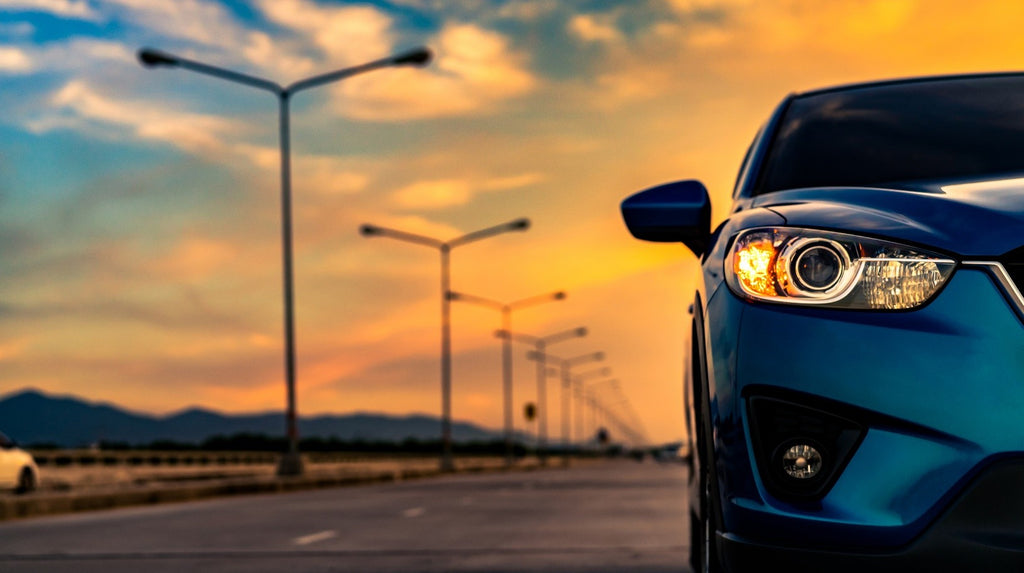
When it comes to visibility while driving, having the right lights for your situation is essential. Often, headlights aren’t enough to illuminate the road or track ahead, but the correct additional lights to use depends on your circumstances. Using a particular type of lighting setup at the wrong time isn’t just dangerous for yourself and other drivers, it could also be illegal.
We’ve all heard the terms ‘fog lights’, ‘driving lights’ and ‘spotlights’ but knowing exactly what these lights are and when to use each of them isn’t always clear.
What are fog lights and when should I use them?
Fog lights are designed to penetrate adverse weather conditions – such as fog, snow, heavy rain and dust storms – by illuminating the ground directly in front of your vehicle.
Typically, fog lights are optional extras when you initially purchase your vehicle and are controlled by a secondary switch. If your vehicle has fog lights, they are the bulbs positioned on your bumper.
It is an offence in every state and territory to use your fog lights while driving on the road in fine weather during the day or at night. While it may seem harmless to use your fog lights all the time, doing so can dazzle oncoming drivers and cause accidents. You’ll risk demerit points and hundreds of dollars in fines.
What are driving lights and when should I use them?
Driving lights are powerful aftermarket additions to your vehicle that are designed to project light much further and wider than your headlights. Usually attached at your front grille (nestled in the centre of your bull bar), driving lights allow for a much better view of the road ahead. This is in contrast to fog lights, which light up the ground immediately in front of your vehicle.
When driving significant distances and on highways at night, or when out on remote dirt roads, driving lights are a necessity. They allow you to see hazards much further ahead and with a wider field of view – giving you more time to react to, and avoid, danger.
As with high-beams, you must switch off your driving lights if you see a vehicle approaching. In fact, by law in Australia, driving lights must only be active when your high beams are switched on. Therefore, front-facing driving lights must be wired to turn on and off alongside your high-beams. They can easily blind other road users – especially when utilising market leading technology.
Driving lights include both lights with HID or halogen bulbs, and those that use LEDs – like the Lightforce Genesis LED and Lightforce LED light bars. Lightforce’s HTX2 is a unique hybrid driving light that uses a combination of HID and LED technologies.
All of Lightforce’s driving lights have a colour temperature of 5,000K. This ensures superior clarity and a significant reduction in eye strain and fatigue, to get you home safely.
What are spotlights and when should I use them?
‘Spotlight’ is a broader term than both ‘fog light’ and ‘driving light’. It can refer to either round driving lights with a narrow beam pattern (as opposed to light bar-style driving lights) or to handheld spotlights. These include popular halogen handhelds, like Lightforce’s Striker and Blitz.
While it is possible, and even easy, to mount handheld spotlights to the roof of your vehicle, the only situation where you can do this is when hunting. You should never use vehicle mounted spotlights on the road.
To find the right driving light to suit your long distance driving or offroad adventures, explore the range at Lightforce.


























































